THE STREETS OF MENLO PARK
Purchase the book.
$20.00 plus $10 for shipping & handling
Contact the author to purchase the book directly. Books will also be available through the Menlo Park Historical Association (see website for store hours).
INQUIRIES
This is just not a compendium of street name origins—it is a book of people, those for whom the streets were named and those who developed them. Within this book is a story told through street names of how an American town was formed over the last 150 years.
“This work is a timely tribute to Menlo Park’s 90th anniversary of incorporation in 1927.”
— Jim Lewis, President, Menlo Park Historical Association
The Streets of Menlo Park / Origins of the Street Names is a non-fiction work with over 300 separate entries detailing the basis of street names with Menlo Park mailing addresses, whether within city limits or beyond. The author researched subdivision maps and census rolls to seek biographies of street namesakes.
The origins of many street names are revealed within the pages. For instance, Marmona Drive was named named for Marion and Ramona McKendry, granddaughters of a colonel, who had served in the Union army during the Civil War.
Partridge Avenue lies inexplicably amongst collegiate street names. After Patrick Mary Partridge passed away, his heirs did not sell the family parcel to a developer purchasing surrounding properties. That explains why lengthy Partridge Avenues runs all the way to University Dr without any side streets. Likewise, Cotton, Garland and Mills street names refer to people, not objects.
As of 1863, Menlo Park was already intersected by Ravenswood and Oak Grove Avenues as well as County Road, today’s El Camino Real. The town’s original Menlo Park Ranch was acquired by George Johnson, a sea captain from Bergen, Norway. Other streets namesake immigrants included within the book are Ludwig Altschul from Bohemia, Thomas Delfino from Italy, Michael O’Keefe from County Kerry, Ireland, and many others are first generation Americans with immigrant parents.
Liberty Park Avenue is a compromise name combining the block-long Liberty Avenue with the block-long Park Avenue, separated by Lucky Avenue. Newbridge Street was named for the Dumbarton Bridge, which opened for vehicle traffic in January 1927, months before the town’s incorporation that November. The book attempts to describe mainly how the street names came to be, which allows a glimpse of our City’s past even as changes to the present continue.

